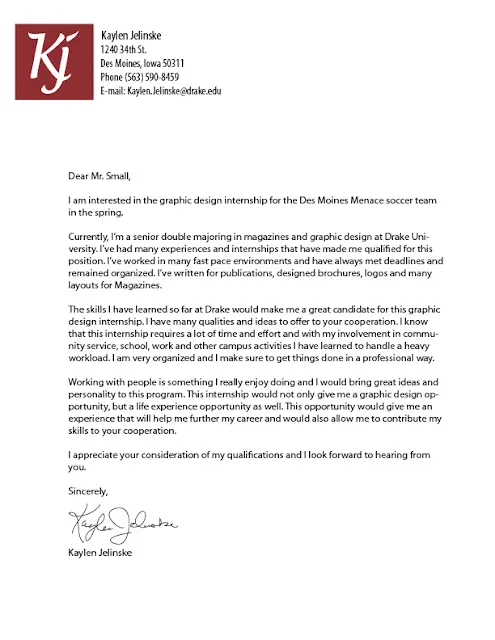What is a Cover Letter?
A cover letter is a crucial document that accompanies your resume when applying for a job. It serves as your first introduction to a potential employer, offering a personalized overview of your skills, experience, and aspirations. Think of it as your chance to make a strong first impression and demonstrate your genuine interest in the specific position and the company. Unlike a resume, which provides a factual summary, a cover letter allows you to elaborate on your qualifications, connect your experiences to the job requirements, and showcase your personality. It’s an opportunity to tell your story and explain why you are the perfect fit for the role.
Why Are Cover Letters Important?
Cover letters are important because they provide context to your resume. They allow you to highlight specific skills and experiences that align with the job description, demonstrating how you can contribute to the company’s goals. A well-crafted cover letter showcases your communication skills, attention to detail, and enthusiasm. It also offers an opportunity to address any gaps in your resume or explain your career transition. By personalizing your cover letter for each application, you show the hiring manager that you’ve done your research and are genuinely interested in the opportunity. Moreover, a strong cover letter can set you apart from other applicants, increasing your chances of getting an interview.
Cover Letter Design Basics
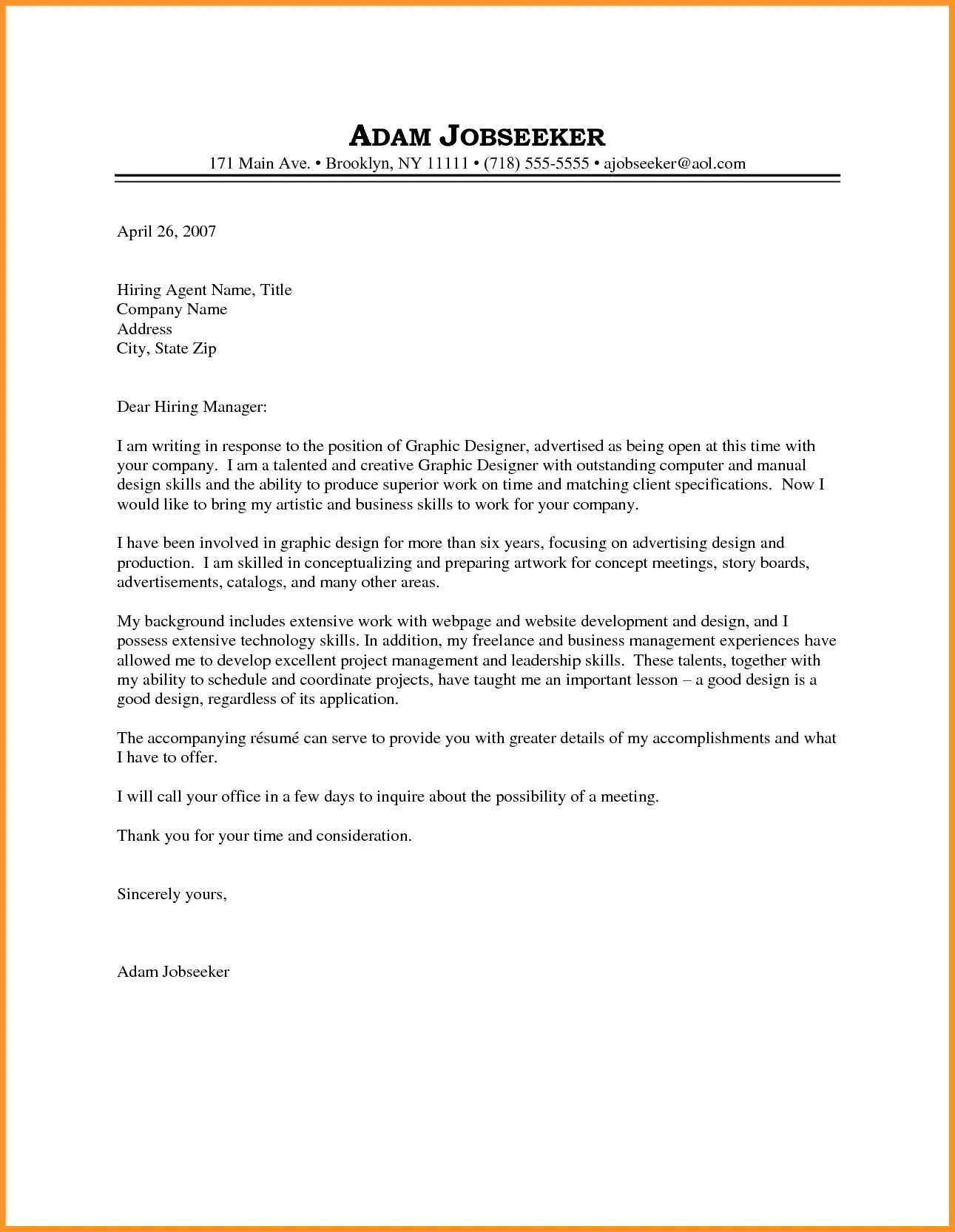
The design of your cover letter is just as important as its content. A visually appealing cover letter reflects your professionalism and attention to detail, especially if you’re applying for a design-related role. Start with a clean and easy-to-read layout. Use a simple, professional font like Arial, Times New Roman, or Calibri, and ensure the font size is between 10 and 12 points. Maintain consistent spacing and use headings and bullet points to break up large blocks of text, making it easier for the reader to scan the document. Incorporate a professional header with your contact information and the date. Consider using subtle design elements, such as a colored border or a small logo (if appropriate), to add visual interest without distracting from the content. Remember, the goal is to create a polished and professional document that is easy to read and visually appealing. (Image: cover-letter-design.webp)
Choosing the Right Cover Letter Format
Selecting the appropriate format is crucial for your cover letter’s effectiveness. There are typically three main formats to choose from chronological, functional, and combination. The chronological format emphasizes your work history, listing your experience in reverse-chronological order. This format is ideal if you have a consistent work history and your experience aligns directly with the job requirements. The functional format focuses on your skills and abilities, highlighting what you can do rather than where you’ve worked. This format is suitable if you have gaps in your employment history or are changing careers. The combination format combines elements of both chronological and functional formats, providing a balanced overview of your skills and experience while also showing your work history. Consider the job requirements and your own experience when deciding which format to use to ensure your cover letter effectively showcases your qualifications. (Image: cover-letter-format.webp)
Cover Letter Examples for Different Industries
Different industries often have varying expectations for cover letters. Tailoring your cover letter to the specific industry demonstrates your understanding of its norms and requirements. Research the industry you are applying to and review examples of successful cover letters within that field. Ensure you incorporate relevant keywords and jargon. For example, a cover letter for a tech company might emphasize technical skills and project experience, while a cover letter for a creative agency would showcase your portfolio and creative process. Adapt the tone and style of your cover letter to align with the industry’s culture. Refer to the job description and company website to determine the best approach. Reviewing successful examples can guide you in structuring and writing an effective letter.
Design Cover Letter Examples: Creative Fields
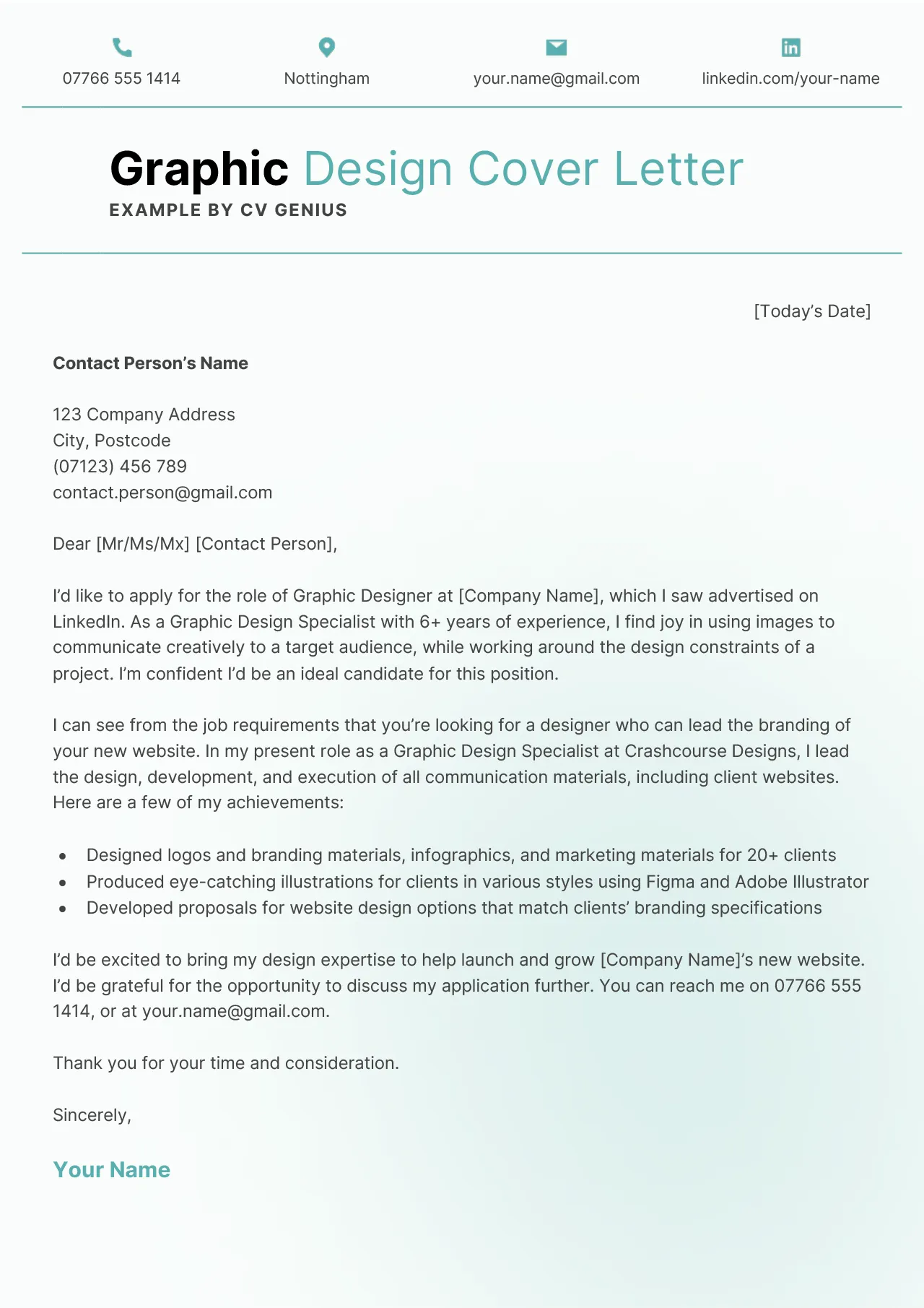
Cover letters for creative fields, such as graphic design, web design, and marketing, often emphasize your portfolio and creative process. These letters may be more visually engaging, showcasing your design skills with a well-designed layout and incorporating visual elements. Your letter should highlight your creative vision, ability to solve design challenges, and unique style. Use your cover letter as an opportunity to showcase your personality and enthusiasm for the role. Mention specific projects from your portfolio that align with the job requirements. Show your understanding of design principles and your ability to communicate your ideas effectively. Ensure your cover letter is well-designed and reflects your design capabilities. (Image: creative-cover-letter.webp)
Design Cover Letter Examples: Corporate Jobs
Cover letters for corporate jobs typically follow a more traditional format. They prioritize professionalism, clarity, and conciseness. Use a clean layout, professional font, and clear headings. Focus on your qualifications, experience, and how your skills align with the job requirements. Highlight your achievements and quantifiable results to demonstrate your value. Tailor your letter to show you understand the company’s values and culture. Use a formal tone and avoid excessive use of jargon or slang. Demonstrate your understanding of the corporate environment and your ability to communicate effectively within it. Proofread carefully to ensure your cover letter is free of errors. (Image: corporate-cover-letter.webp)
Design Cover Letter Examples: Entry-Level Positions
For entry-level positions, your cover letter is an opportunity to showcase your potential and enthusiasm. Highlight your relevant skills and experience, even if they come from internships, volunteer work, or academic projects. Demonstrate your willingness to learn and contribute. Address your cover letter to the hiring manager, and be specific about the role and company. Focus on your transferable skills and your ability to adapt and grow. Include information about your relevant coursework and projects. Show your passion for the field and your eagerness to start your career. Ensure your cover letter reflects a professional attitude and a strong desire to learn. Highlight your soft skills, such as communication, teamwork, and problem-solving.
Key Elements of a Compelling Cover Letter
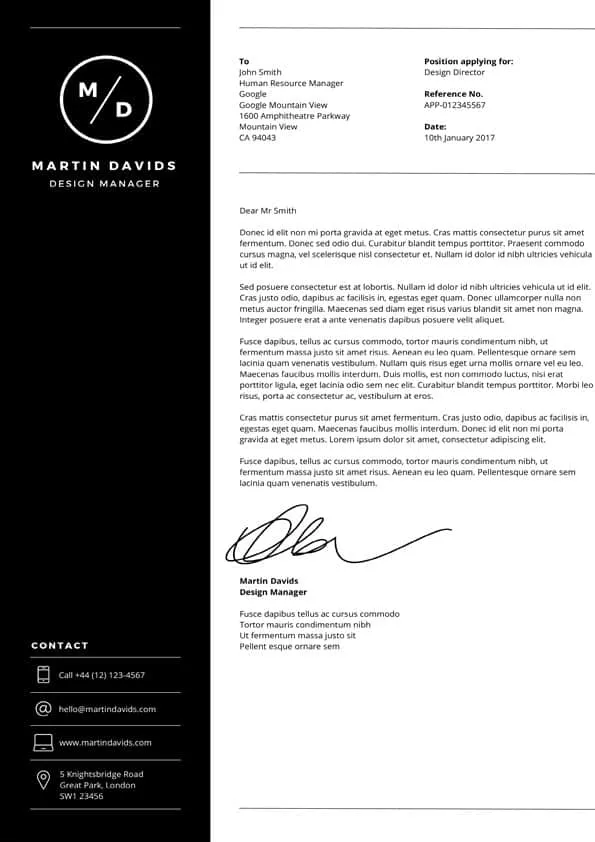
A compelling cover letter includes several essential elements that work together to make a strong impression. Include a header that clearly states your name, contact information, and the date. Address the hiring manager by name whenever possible. Use a professional and personalized greeting. The introduction should immediately grab the reader’s attention by stating the position you are applying for and briefly highlighting your key qualifications. The body paragraphs should elaborate on your skills, experience, and how they relate to the job requirements. Use specific examples to demonstrate your achievements and contributions. The closing paragraph should reiterate your interest in the position, summarize your key qualifications, and include a call to action, such as expressing your availability for an interview. A well-structured cover letter will leave a positive and lasting impression.
Headline
The headline is not always needed, but can be used for some specific fields like Marketing, where is needed to show a good attention grabber. The headline should grab the reader’s attention immediately. It should clearly state the position you are applying for and a brief indication of your most compelling qualification or the impact you hope to make. This immediately sets the tone and allows the reader to know what to expect. It will help the hiring manager easily identify the position. For example, if applying for a marketing role, the headline may mention your past achievements or the impact you made in your previous company.
Introduction
Your introduction should be concise and engaging, setting the stage for the rest of your cover letter. It is important to state the position you are applying for and mention how you learned about it. Briefly highlight your key qualifications or the most relevant skills that make you an ideal candidate for the role. Convey your enthusiasm for the position and the company. A strong introduction captures the reader’s attention and encourages them to continue reading. This should set the tone for the rest of the letter. Your introduction should convey confidence, professionalism, and a clear understanding of the job requirements. (Image: cover-letter-introduction.webp)
Body Paragraphs
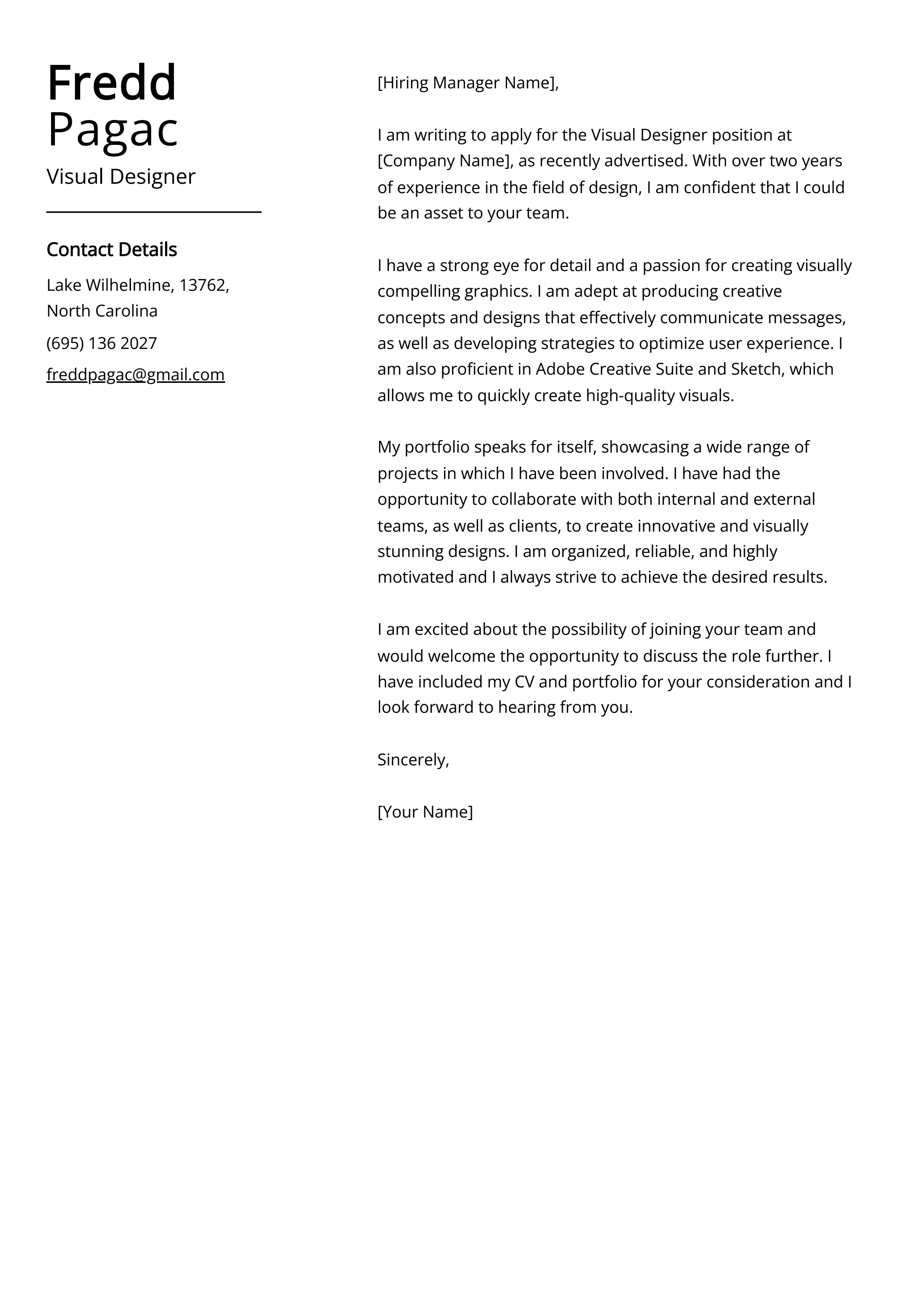
The body paragraphs form the core of your cover letter, where you provide detailed information about your skills, experience, and accomplishments. Use the STAR method (Situation, Task, Action, Result) to structure your responses and provide specific examples of how you have demonstrated the required skills. Tailor each paragraph to the job description, highlighting the skills and experiences that align with the job requirements. Quantify your achievements whenever possible by using numbers and data to demonstrate your impact. The body paragraphs should showcase your value and demonstrate how you can contribute to the company’s success. Organize your paragraphs logically, focusing on specific aspects of your qualifications and connecting them to the job responsibilities.
Call to Action
The call to action (CTA) is a critical element of your cover letter. In your concluding paragraph, reiterate your interest in the position and summarize your key qualifications. Express your enthusiasm for the opportunity and state your availability for an interview. Provide your contact information and thank the hiring manager for their time and consideration. Make sure your CTA is clear, concise, and encourages the reader to take the next step. It should leave a positive impression and convey your commitment to the opportunity. Consider including a specific time frame in which you are available for an interview. If you have a portfolio or website, mention it in your CTA to further showcase your work and skills.
Tips for Writing a Great Cover Letter
Writing a compelling cover letter requires careful attention to detail and a strategic approach. Always tailor your cover letter to the specific job and company. Research the company and demonstrate your understanding of their values and goals. Use keywords from the job description to show you understand the requirements and are a good fit for the position. Highlight your most relevant skills and experiences. Proofread your cover letter meticulously to ensure it is free of errors. Use a professional tone and avoid slang or jargon. Be concise and avoid unnecessary information. Show enthusiasm and genuine interest in the opportunity. Format your cover letter for easy readability with a clear structure, headings, and bullet points. Consider asking a friend or career advisor to review your cover letter for feedback. Always use a professional email address.
How to Tailor Your Cover Letter
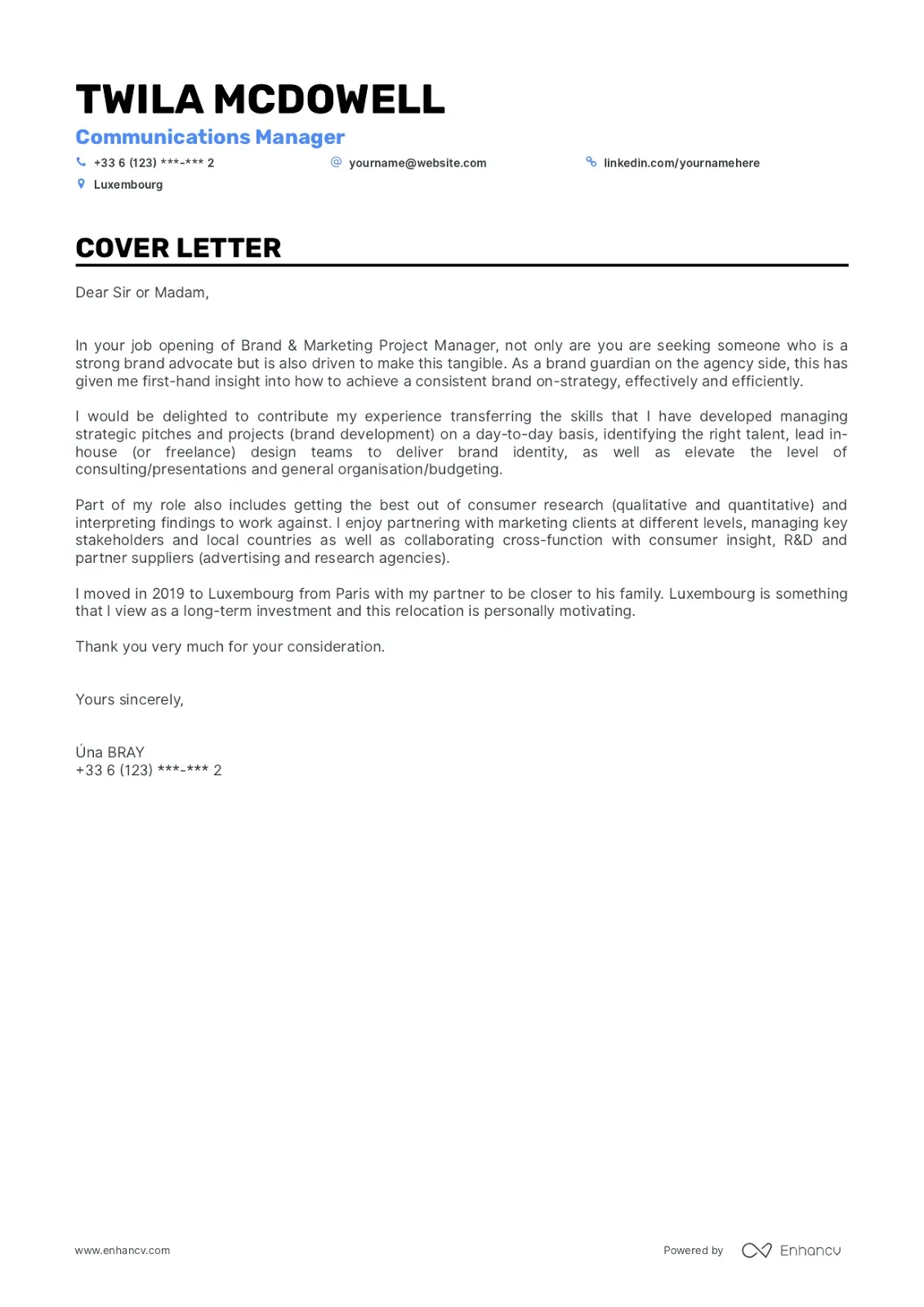
Tailoring your cover letter to each job application is essential for making a strong impression. Begin by thoroughly reviewing the job description and identifying the key skills and qualifications the employer is seeking. Research the company and understand its mission, values, and recent projects. In your cover letter, address the hiring manager by name, and highlight specific experiences and skills that align with the job requirements. Use keywords from the job description to demonstrate your familiarity with the industry and role. Provide specific examples of your accomplishments and quantify your results whenever possible. Show that you have a deep understanding of the company’s needs and how you can contribute to their success. Customizing your cover letter demonstrates to the hiring manager that you’ve invested time and effort into the application. (Image: tailoring-cover-letter.webp)
Proofreading and Editing Your Cover Letter
Proofreading and editing your cover letter is an essential step in ensuring it makes a positive impression. Errors can detract from your credibility and may lead to your application being overlooked. Carefully check your cover letter for any spelling, grammar, and punctuation errors. Read your cover letter aloud to catch any awkward phrasing or sentence structure issues. Use spell-check and grammar-check tools, but don’t rely on them entirely. Ask a friend, colleague, or career advisor to review your cover letter for clarity, accuracy, and overall impact. Ensure the formatting is consistent and the layout is easy to read. Proofread the letter multiple times, as it’s easy to miss errors on the first pass. A well-proofread cover letter demonstrates attention to detail and professionalism, increasing your chances of success. (Image: proofreading-cover-letter.webp)
Design Cover Letter Examples: What to Avoid
There are several common mistakes to avoid when writing a cover letter. Avoid generic cover letters that are not tailored to the specific job or company. Do not simply repeat the information from your resume. Do not use clichés, and avoid overly formal language or slang. Avoid excessive length; aim for one page. Don’t include negative information about past employers or jobs. Avoid typos, grammatical errors, and poor formatting. Do not address the letter to the wrong person. Don’t use a casual or unprofessional email address. Avoid exaggeration or making claims that you cannot support. Always ensure your cover letter is professional, polished, and tailored to the specific job. (Image: cover-letter-mistakes.webp)
Frequently Asked Questions about Cover Letters
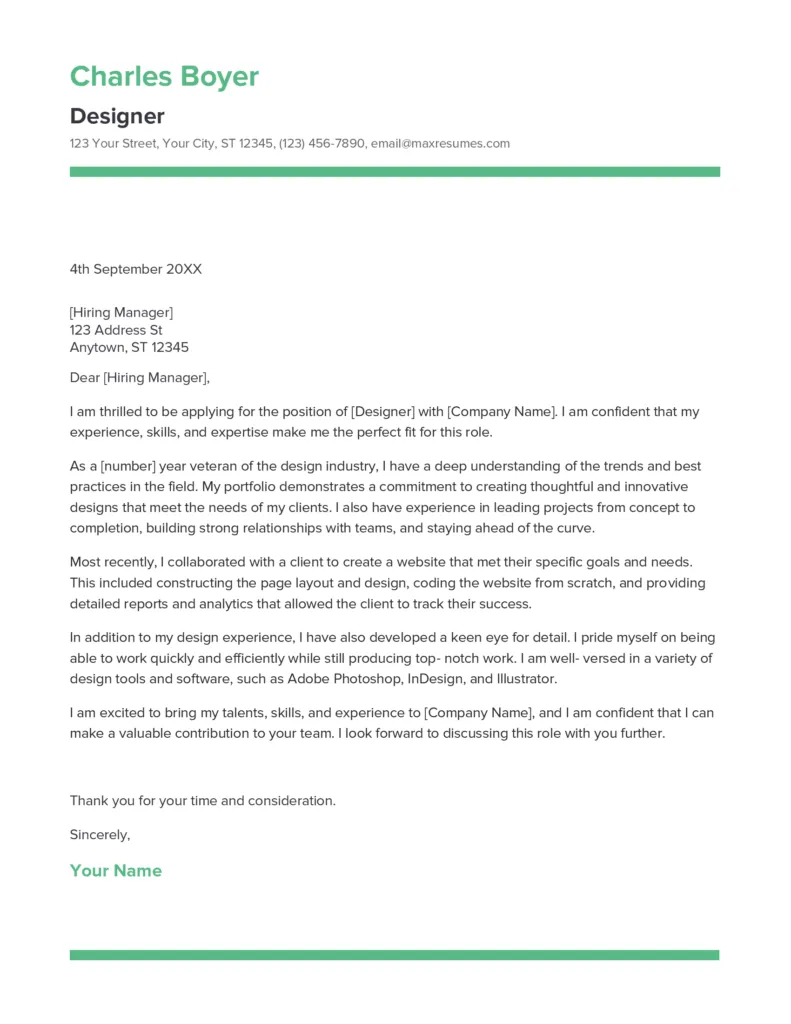
Here are some frequently asked questions about cover letters: Is a cover letter always required? Not always, but it is highly recommended, especially when applying for professional positions. What should the tone of a cover letter be? Professional and enthusiastic, tailored to the company and job. How long should a cover letter be? Ideally, one page. Should I include salary expectations? Only if the job posting specifically requests it. Can I use a template? Yes, but customize it to fit your experience and the job. How important is the design? It is important, especially for creative roles. Should I send my cover letter as a PDF or Word document? PDF is generally preferred to preserve formatting. Can I use the same cover letter for multiple jobs? It is best to tailor it for each job. What if I don’t have experience? Highlight transferable skills, education, and internships. How do I know if my cover letter is good? Get feedback from a career advisor or friend. What if I want to follow up? Send a polite email a week after applying.
